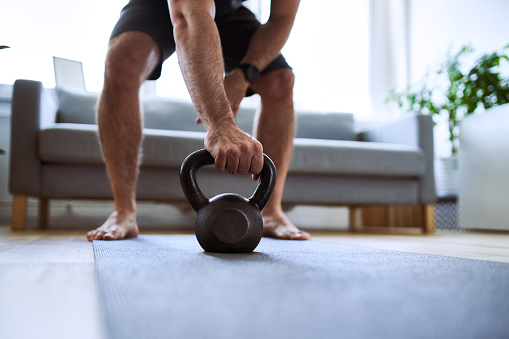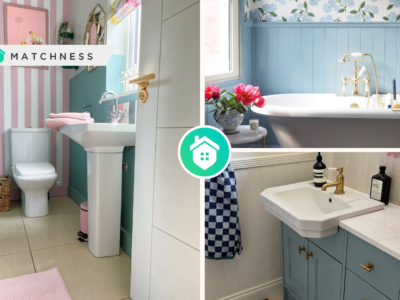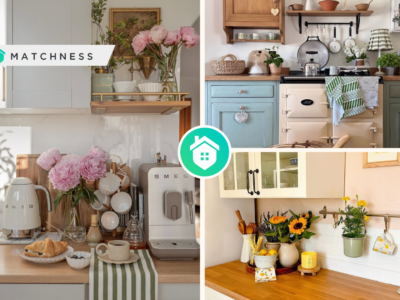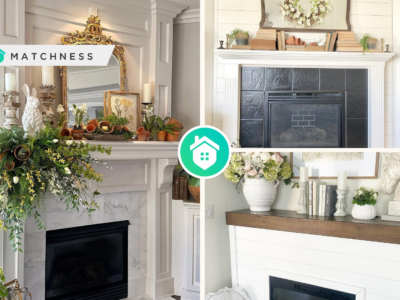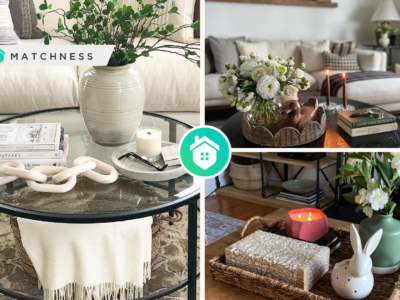Having a dedicated space to work out at home comes with a set of additional benefits – for example, it eliminates the need to drive to a gym longer than it will take you to train, purchase expensive branded clothing, or spend money on a postworkout meal. Furthermore, you can build a home gym with only four essential pieces of equipment, all of which you can find at reasonable prices today.
Below, you will find a concise step-by-step guide to building your home gym. Apart from setting your fitness goals and choosing the right area to build your gym (garage, spare room, or outside), you will also need to determine your budget, pick the right equipment for your needs, and organize your gym in a way that will motivate you to keep exercising.
If you saw a Bowflex Ultimate review and decided it’s a good idea to build your own home gym, this article will help you pick the best equipment and organize everything from a design point of view. Read on to find out more!
Step 1 – Pick the Right Area for Your Home Gym
The decision of where to build your home gym is one of the most important, as it will affect the success of your project. It’s best to choose a spacious, well-ventilated, and quiet place with plenty of natural light. Most likely, you will have to choose between your garage space, spare room, or building a gym outside.
The garage is convenient, as it provides you with all the required room without disturbing anyone. Also, if your garage is an attached one, you will not have to worry about bad weather conditions. However, if you have a detached garage, you will have to deal with cold winter as well as hot summers.
Spare rooms are also suitable for home gyms. If you have a spare bedroom or basement, you can easily turn it into a gym. The room should not be used for anything else, and the carpet should be removed, as it will absorb sweat and moisture. Also, a spare room is an excellent option for a home gym because it allows you to separate your personal space from your fitness one.
Finally, building a gym outside is quite popular among fitness enthusiasts. However, you need to make sure that the area is not exposed to extreme temperatures or direct sunlight. Furthermore, you should consider the possibility of bad weather conditions when planning your workouts by planning indoor activities for rainy days.
Step 2 – Determine Your Budget
When building your home gym, you will want to determine your exact budget. You can use online resources such as Home Depot or Amazon to find the best prices on the equipment you need. The ability to choose the right equipment is crucial when considering your budget, as this way, you can get equipment that suits your needs at a reasonable price. For example, if you plan to do only cardio training, you don’t have to buy a treadmill – simply stick to running or training on an elliptical machine.
Step 3 – Set Your Fitness Goals and Choose the Right Equipment
Setting specific fitness goals and choosing the right equipment for each workout can make a huge difference in your success. Think about what you want to achieve and set realistic short- and long-term goals. “I want to lose 10 pounds” is not a good goal; rather, try setting a goal such as “I will lose 2 pounds every month until I reach my ideal weight.”
When choosing your equipment, pick those that will help you reach your goals. The most popular pieces of equipment include:
- Resistance Bands – Resistance bands are great for beginners or those who want to do circuit training. Resistance bands come in various resistances and thicknesses and allow you to increase the intensity of an exercise by simply changing the band’s position.
- Dumbbells – The most affordable and versatile piece of equipment for strength training, dumbbells range from 5lbs to 100lbs or more. They work well for upper body training and can help you improve your overall strength and endurance.
- Rowing Machine – A rowing machine is ideal for cardio training. It allows you to work out your entire body, including your legs, back, arms, and shoulders. Rowing machines are also great for circuit training.
- Treadmill – Treadmills are great for endurance training. They are relatively expensive, but they offer plenty of options for resistance and incline levels. Also, they allow you to set specific training goals (for example, running for 10 minutes straight) and measure your progress. For indoor cardio workouts, a treadmill or stationary bike is advisable. You can browse the internet for the best exercise bike brands that is currently on the market.
Step 4 – Organize Your Gym to Keep Yourself Motivated
Be sure to make your home gym as comfortable as possible – it’s no use having the best equipment in the world if you don’t want to work out! For example, you can paint your walls or buy an eye-catching rug to brighten up the room. Alternatively, you can play music while working out. Also, you should consider installing mirrors, which will allow you to see how your body is responding to your training – checking your progress is a great way to stay motivated. Finally, it’s a good idea to keep your gym organized, as this will allow you to focus on your workouts rather than struggling with storage issues.
Step 5 – Start Training!
Once you have built your home gym, it’s time to get started! You should begin with a light warmup routine, such as five to ten minutes of cardio and stretching. Then, pick one or two exercises and perform a few sets of repetitions. The idea is to start slowly and build your fitness level gradually. You can then choose more challenging exercises and increase the number of sets and repetitions until you reach your target weight loss or fitness level.
Conclusion
Having your home gym opens up a whole new world of possibilities for those who want to exercise at home. While building a home gym can be expensive, it is not as expensive as you might think, and the benefits it will bring you will be invaluable.
Once you have built your home gym, you will want to keep up with your fitness goals – so be sure to find the right motivation, set realistic goals, and organize your gym in a way that will keep you motivated. Eventually, you will be able to build muscle and lose weight, and you will feel more energized and healthier than ever before – but only if you stick to your goals and keep working out!


